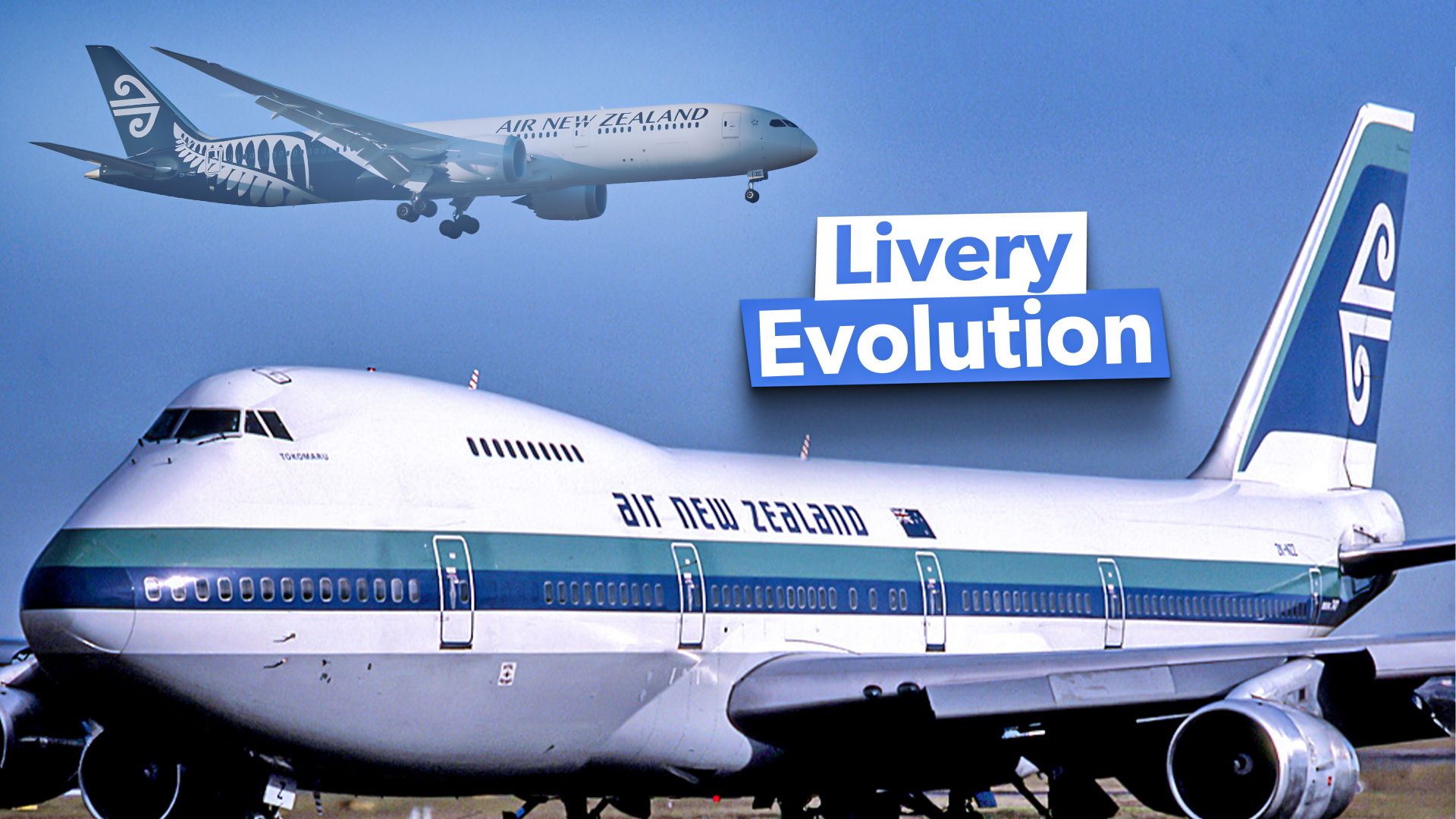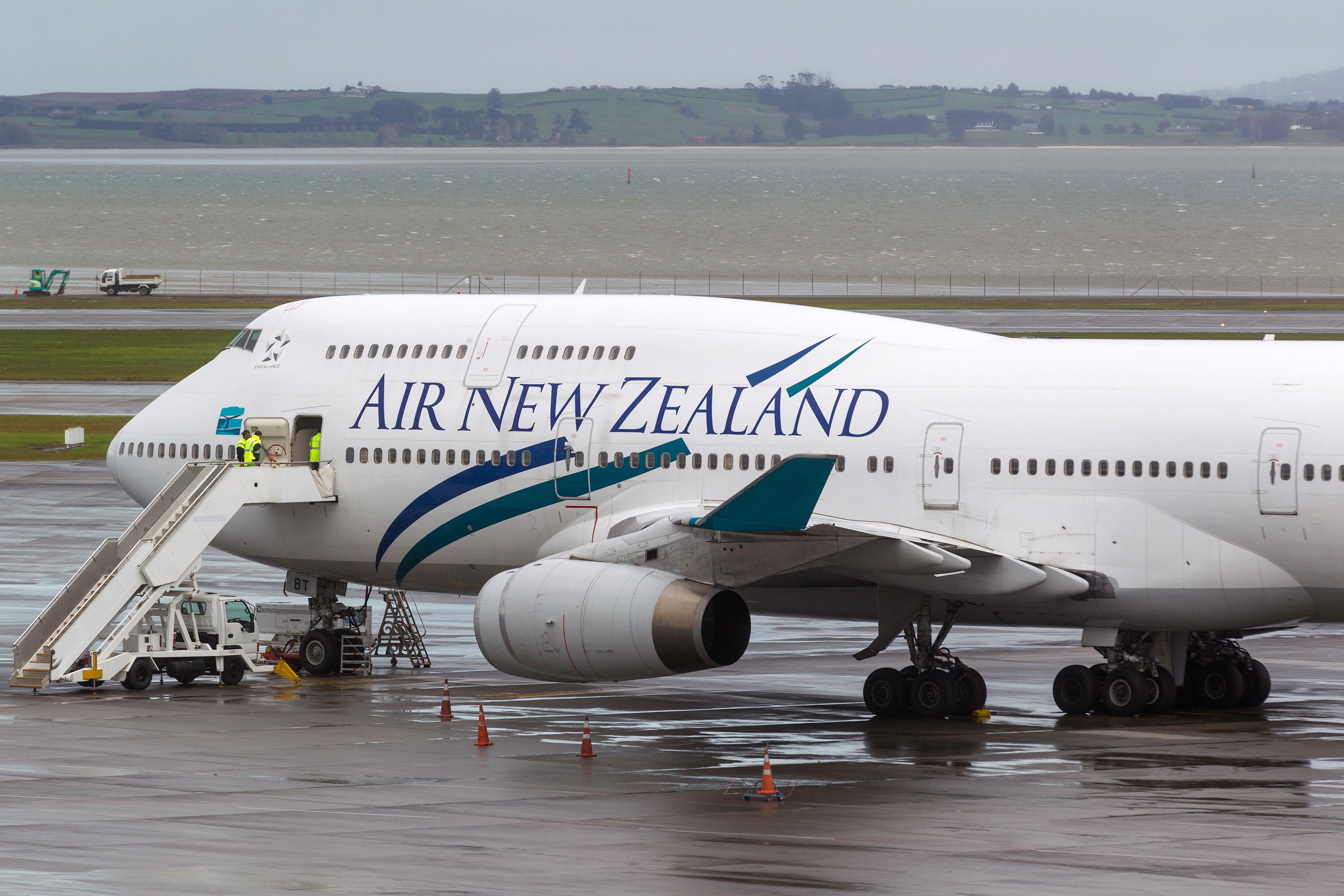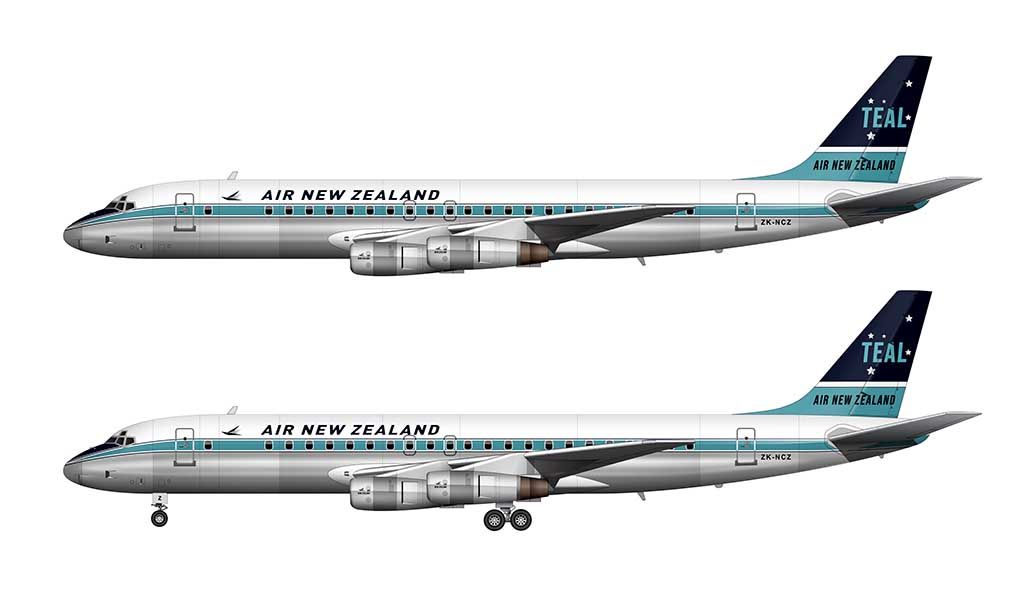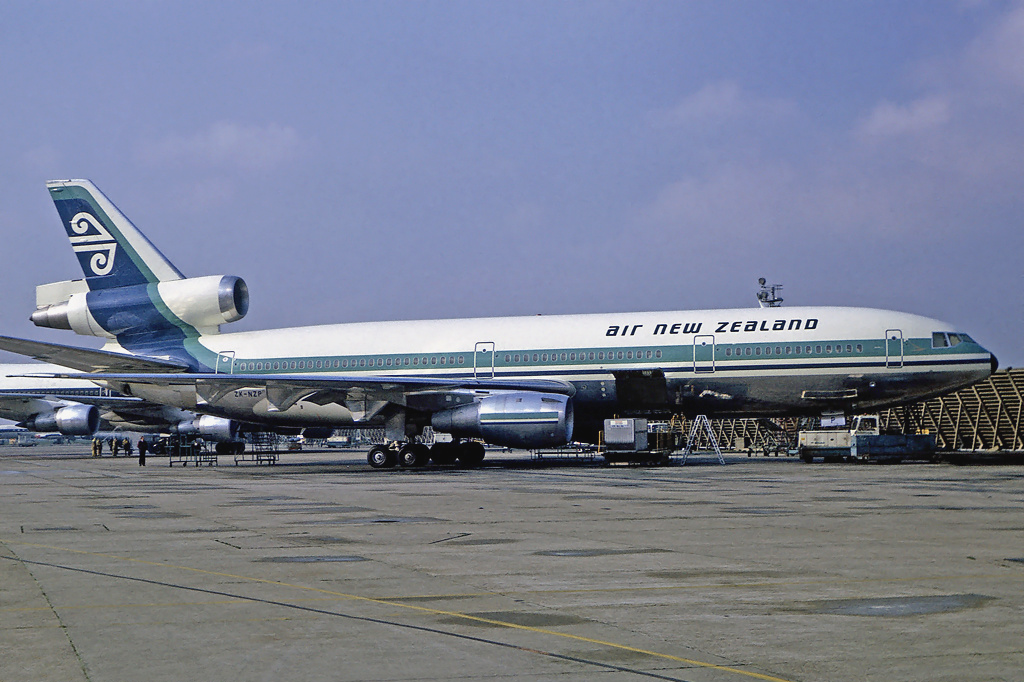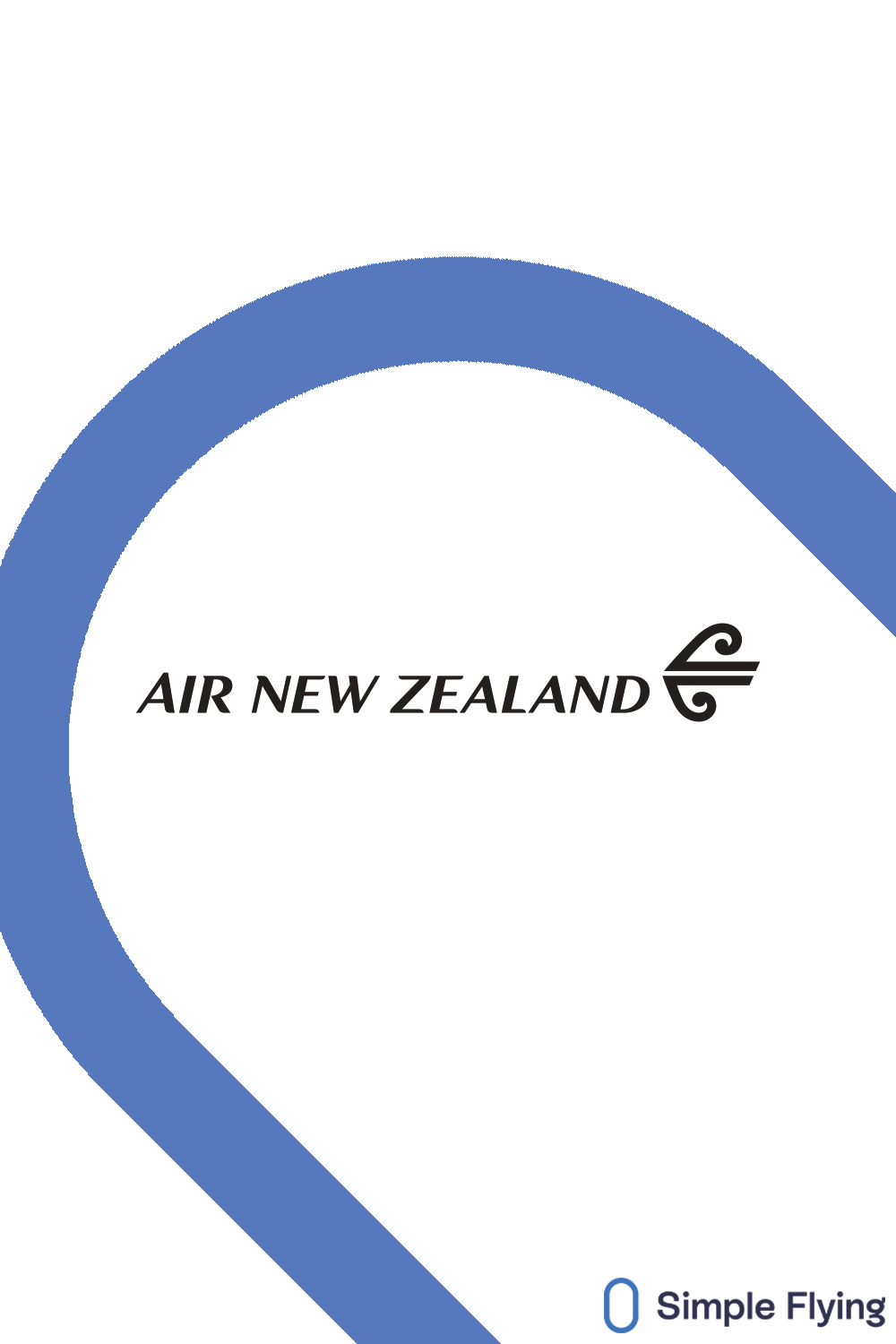Summary
- Air New Zealand’s iconic liveries have evolved over the years, from scenic Teal & Blue designs to bold Black and White Ferns.
- The airline’s name, Araraurangi Aotearoa, in Te Reo Maori, reflects its deep connection to the indigenous culture of New Zealand.
- The shift to all-black fuselages was inspired by the national rugby team, the All Blacks, becoming a symbol of New Zealand culture.
Air New Zealand, the flag carrier of the small country of New Zealand, located in the Southern Pacific Ocean, is renowned for its eye-catching and iconic liveries.
Throughout the years, Air New Zealand has featured a flying hobbit, Lord of the Rings livery, and wholly black fuselages to make a nod to the country’s famous movie franchise directed by Kiwi Peter Jackson or the nation’s All Blacks rugby team. However, there’s much more to these iconic liveries than you think. This article will break it down.
Araraurangi Aotearoa, the airline’s name in the local indigenous language, Te Reo Maori, operates to 24 domestic destinations and a growing international network around the Pacific Rim.
Its flagship service connects Auckland International Airport (AKL), to New York John F. Kennedy Airport (JFK), and bears the flight numbers NZ1 and NZ2. This route was chosen as a suitable replacement for the airline’s sole European connection, which served London Heathrow for many years through a one-stop itinerary via Los Angeles International Airport (LAX).
Photo: Ryan Fletcher | Shutterstock
Closer to home, the airline has three major domestic bases: Auckland, Christchurch, and Wellington. Services between these three airports are predominantly operated by the carrier’s A320 and A321 aircraft. In contrast, other regional services see a mix of A320, ATR72, and Q300 aircraft from as far north as Kerikeri Bay of Islands (KKE) to Invercargill (IVC) in the South, the southernmost controlled airport in the Commonwealth.
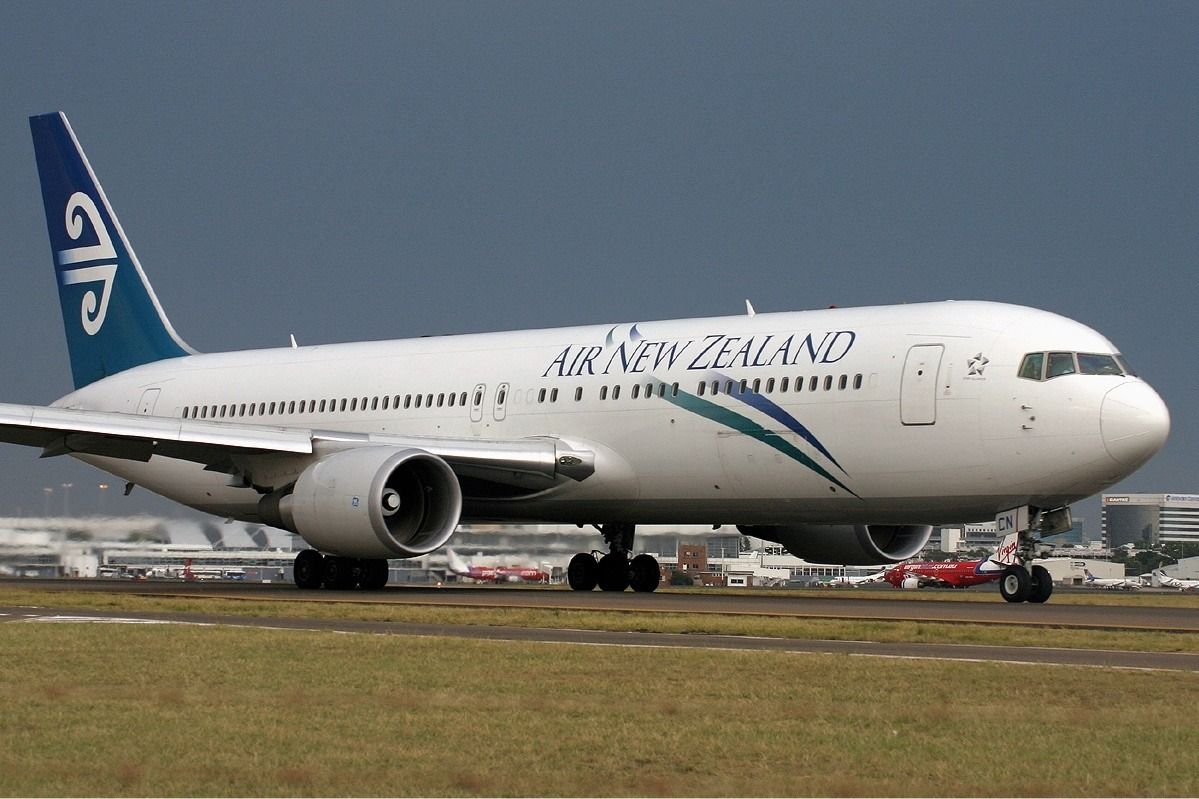
Related
The Story Of Air New Zealand’s Boeing 767-300ER Fleet
The Kiwi flag carrier operated the type for more than a quarter of a century.
Initially named Tasman Empire Airway (TEAL), the airline was officially renamed Air New Zealand in April 1965. While the airline had several iconic liveries under TEAL, this article will focus on the most prominent Air New Zealand liveries that graced the skies. Norebbo has provided timelines of the airline’s liveries and graphics.
1
1965-1973
Changing from TEAL to Air New Zealand
This livery was the first to bear Air New Zealand in 1965, slightly changing from those it replaced. Teal and dark blue were the primary colors on top, a nod to New Zealand’s natural scenic beauty.
Exposed aluminum is featured on the bottom of the aircraft. In this era of aircraft, these ‘cheatline’ designs were standard for many airlines.
2
1973-1981
Kia ora to the Koru
The flag carrier introduced a new livery that dropped the TEAL name altogether in 1973, which looked scarily similar to the livery it replaced. This era of aircraft included a koru design, which is an abstract design of the silver fern. The livery noted several key differences, including:
- It blended the horizontal stripes on the fuselage linked into vertical stripes on the rear stabilizer.
- A thicker teal stripe above a single blue stripe, with increased negative space between the stripes.
- The font of ‘Air New Zealand’ was changed.
3
1981-1996
Simplifying the design
The next design continued with many similarities to its predecessor. However, small changes included no negative space between the stripes on the fuselage and stripes on the stabilizer being detached from those on the fuselage.
Colors were enhanced and appeared more green. A New Zealand flag was placed next to ‘Air New Zealand,’ and the black nose cone was removed.
4
1996-2012
Nau mai, haere mai to the Pacific Wave
Welcoming the Pacific Wave was the next generation of Air New Zealand’s livery, signaling a bold change of direction for the oceanic carrier.
In this design, the horizontal stripes on the fuselage were removed and replaced with ‘wave’ graphics in teal and blue across both sides of the aircraft. These stripes intersected the changed font and title of the aircraft, which was now much more significant.
The engines were painted light gray, marking the first time in the carrier’s history that exposed aluminum was no longer a feature. The vertical stabilizer featured the existing Koru but was over a teal/blue gradient.
5
Changes in 2009
Saying goodbye to the wave
Air New Zealand decided to make a slight tweak to the livery from 2009, removing the wave on the fuselage. This was a minor design change that simplified the livery. For many, this was the plainest of the carriers’ liveries so far.
6
2012 to present
Welcoming the black and white ferns
The latest new livery for Air New Zealand was introduced in 2012 and signaled another new direction for the Star Alliance carrier. This was the first time teal and blue were abolished in the airline’s livery history, and black became the primary color.
This wasn’t a controversial choice for many Kiwis (New Zealanders), given that this color is significant to New Zealand culture. Inspiration for the change to black from teal was a positive response to a unique livery Air New Zealand featured in 2011, dedicated to the national rugby team, the All Blacks, of which the airline was a major sponsor.
In partnership with Tourism New Zealand, permission was granted for the carrier to use the New Zealand Fern Mark, a logo used by New Zealand Trade and Enterprise.
This element became integral to the airline’s livery and created an eye-catching design that has made the aircraft a must-see at airports worldwide. This signaled the carrier’s most unique and popular designs in its history. A new font was picked for ‘Air New Zealand,’ and this design has remained in place since.
There are two versions of this livery: white and black. The black version was introduced in 2013 on a Boeing 787-9 and was the first airline in the world to have an all-black fuselage. While the white design remains on the majority of the airline’s fleet, the all-black design does feature on most of the airline’s variants, including its regional, short-haul, and long-haul aircraft.
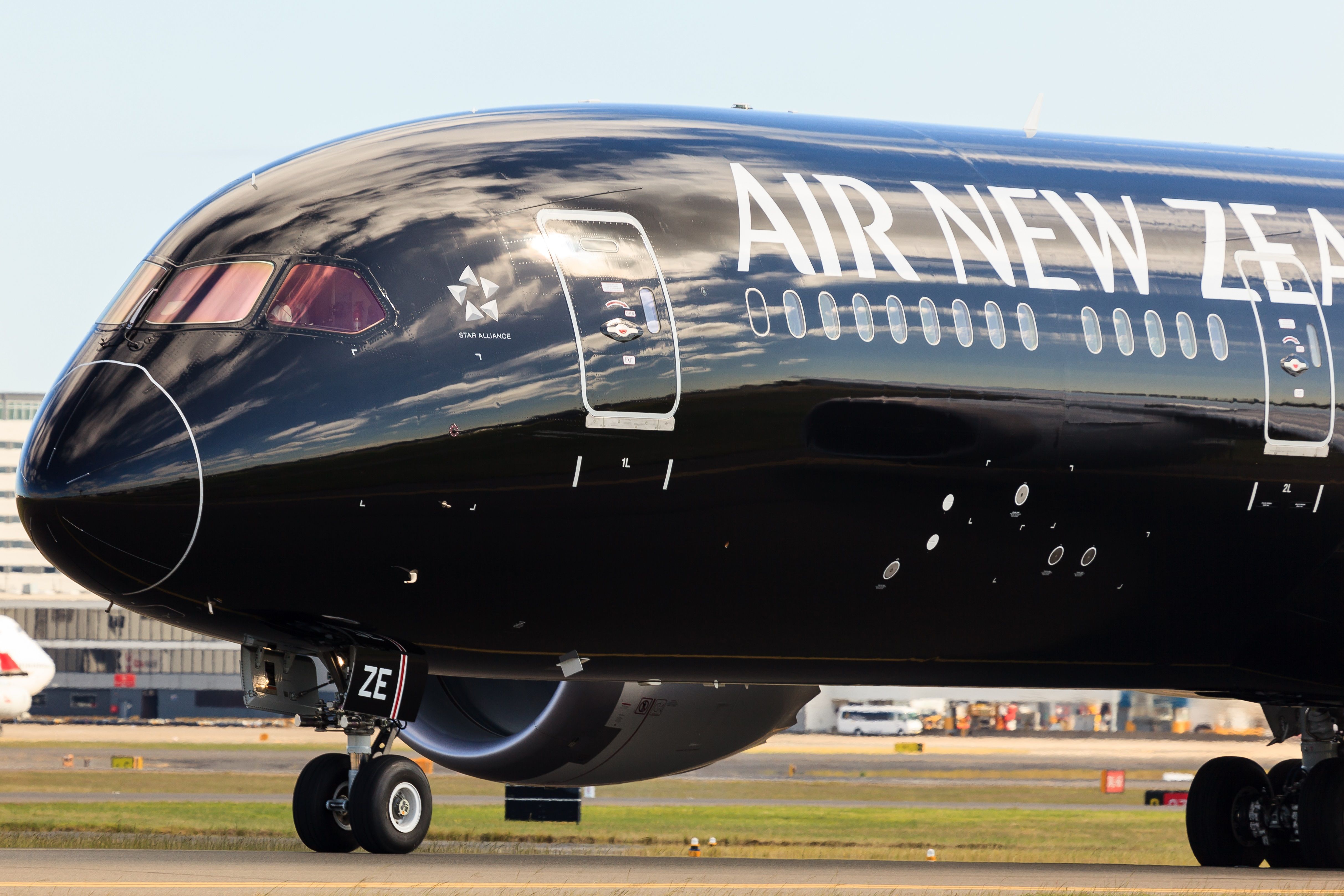
Related
Air New Zealand Loses The Goose To Bring Extraordinary Adventures To Kiwis
As Dave the Goose fades away on a 777 to LA, Air New Zealand has launched a new campaign focused on the wonder and excitement of travel.

